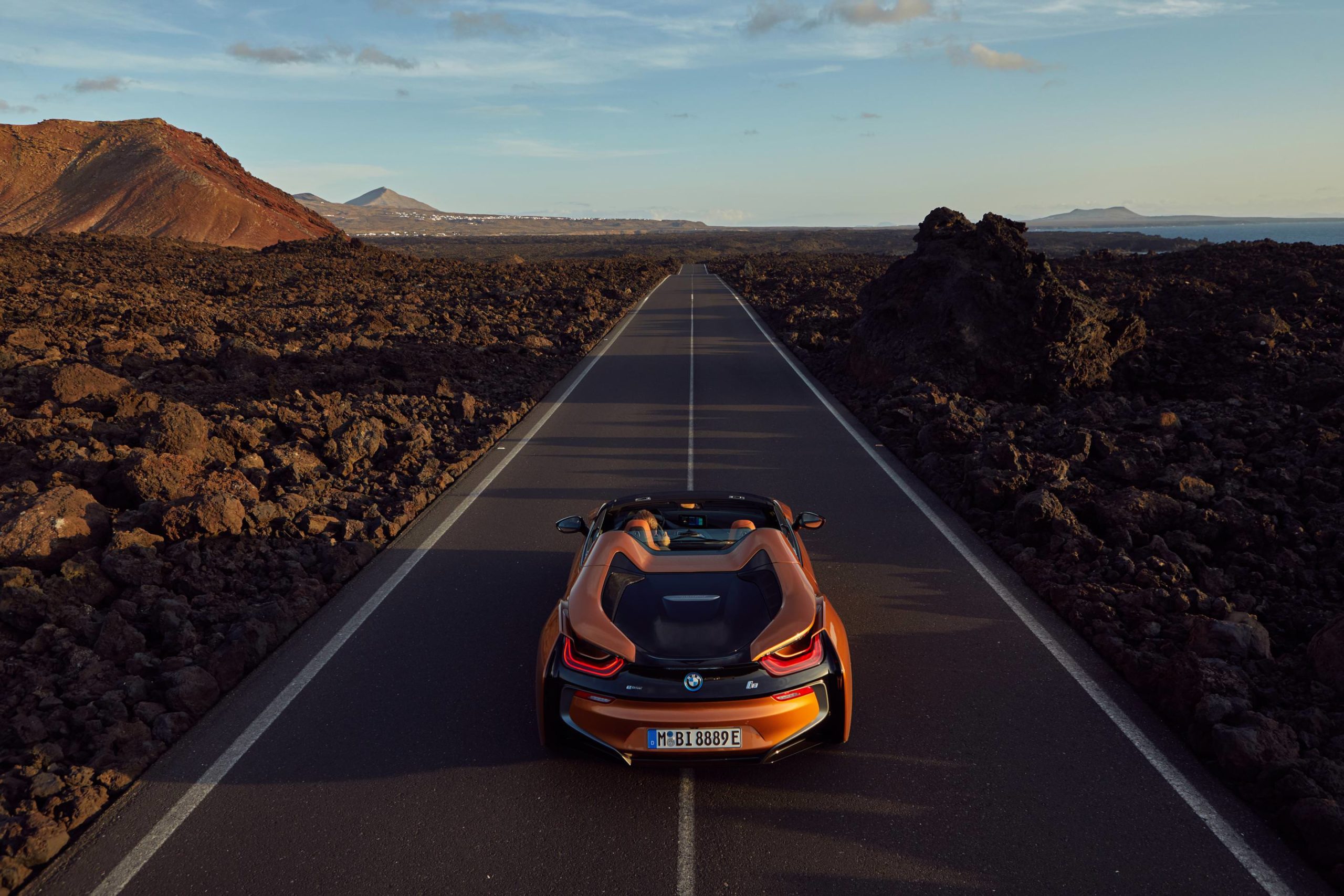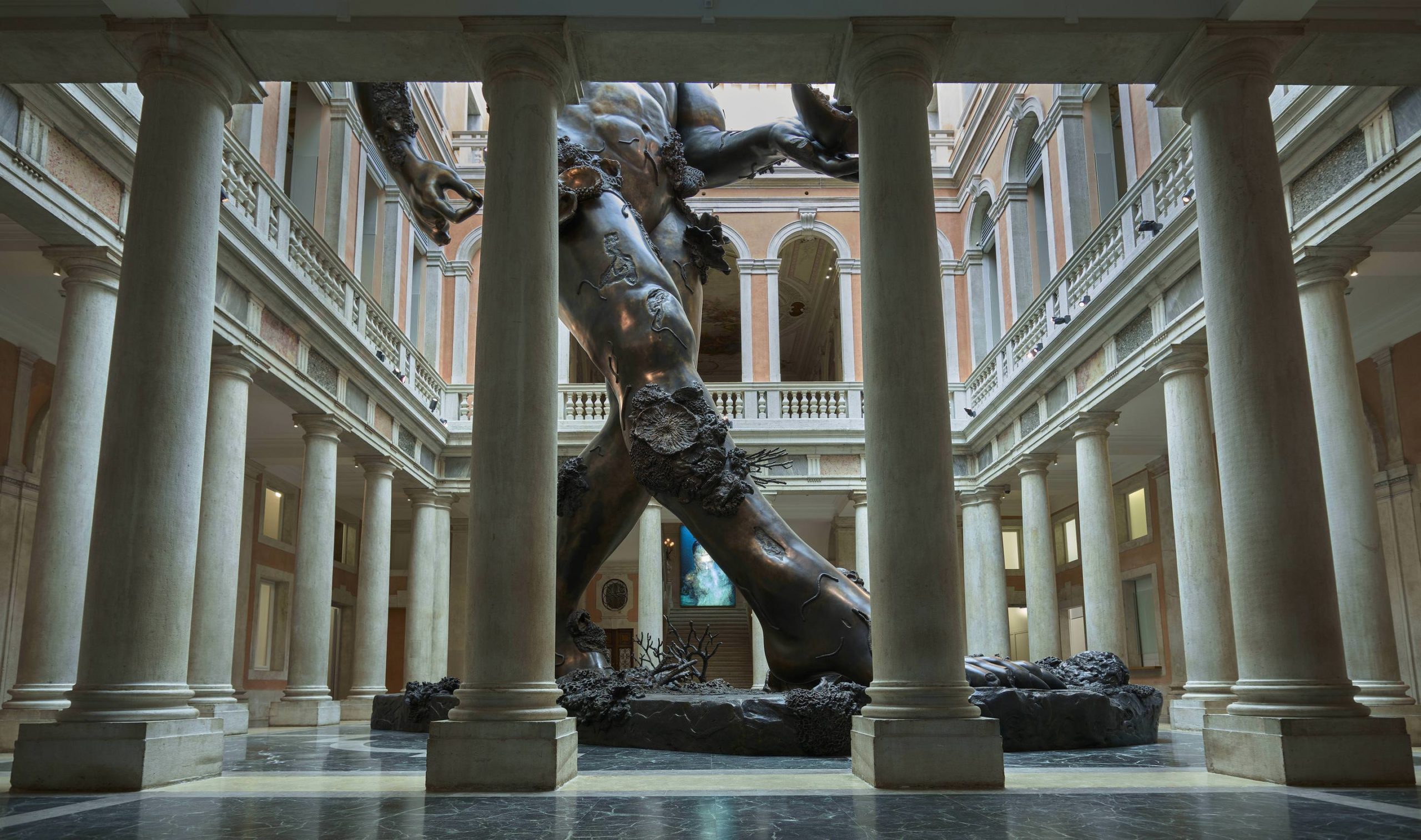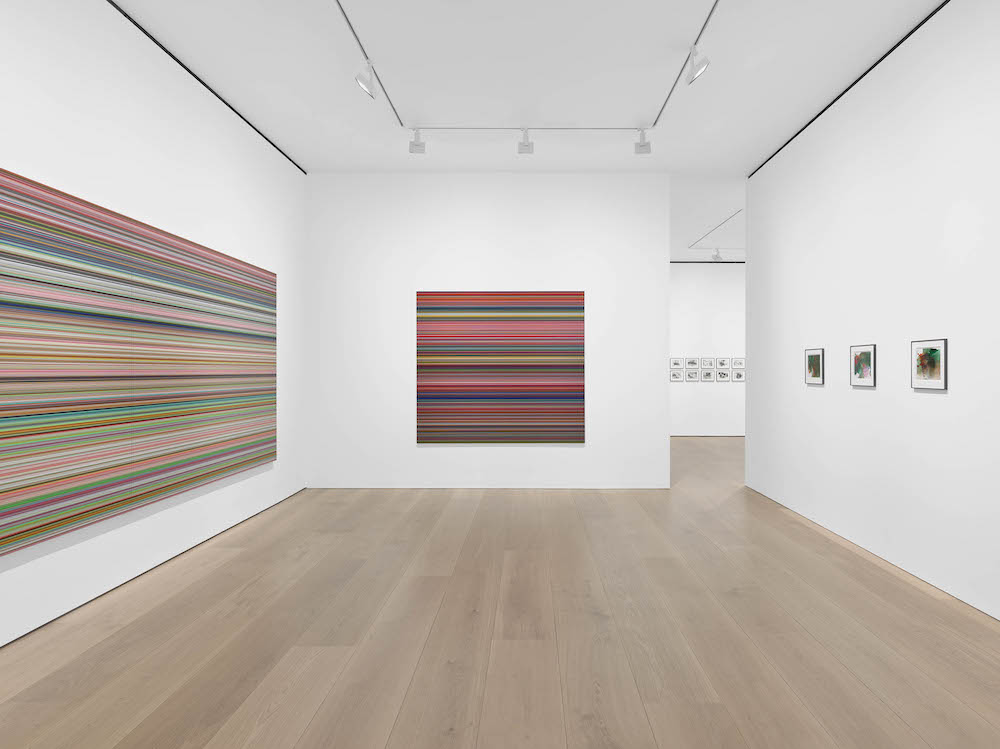Adrian van Hooydonk, the head designer at BMW, finds equal inspiration in artists like Olafur Eliasson and Gerhard Richter; architects like Rem Koolhaas, Frank Gehry, Jacques Herzog, and Pierre de Meuron; and sustainability advocates like Daan Roosegaarde and Boyan Slat.
He sees his role as providing mobility without harm for the next generation—in a beautifully designed package that’s still a joy to drive. With his team, he’s dreamed up hybrid and full electric vehicles created from exciting technological advances that not only do good, but look good, in the BMW i series.
Whitewall spoke with Van Hooydonk about the sustainable design wave hitting the automotive industry.
WHITEWALL: What are the key responsibilities of luxury automotive designers today?
ADRIAN VAN HOOYDONK: Eighty percent of the CO2 footprint a product will have is already decided in the design process: The choice of materials as well as the decision for a certain shape, to edges and lines, defines the production methods, the manufacturing processes, and tools used for the car. Additionally, the consumption of the car is influenced by the aerodynamics as well as the weight of the car—both topics which we influence in the design process.
Our goal at BMW is to provide mobility without harming the next generation. That means for us that our choices have to be the most sustainable and best choices for our customers. Apart from the fact that we are strongly thinking about our footprint, we want to reduce complexity, so that mobility is and remains accessible for all our customers. The digital world becomes more and more important for the automotive industry. That means for us to design the user interface to be as intuitive as possible.
We recently presented the next generation of our display and control system. With a clear layout and customizable and personalized displays, it is designed for intuitive operation and for providing the driver and passengers with the right information at the right time.
WW: What is BMW Group’s current sustainability commitment? How do you see that evolving in the future?
AVH: We remain committed to the principles of the United Nations Global Compact, which we have implemented at all our locations since 2001. We have set long-term goals along the entire value chain: from the areas of products and services, production, and value creation, to employees and society. Our commitment is to reduce CO2 emissions. We will continue to increase the number of electric vehicles in our product range and the share of renewable energy used at our plants.
WW: What kind of creative possibilities did you see open up when working on projects like the BMW i series?
AVH: With new models and a new platform, we had the possibility to think completely new. That also had an impact on our whole design process. We worked with new materials, which are sourced under the aspect of sustainability—for example, fast-growing materials like hemp.
Due to the electric engine, we do not have a transmission tunnel in the BMW i3, which gave us the opportunity to design an interior that looks impressively spacious and light for the size of the car.
With the BMW i3 and the BMW i8, we already have a fully electric city car and a plug-in hybrid sports car on the market. With the four-door BMW i4 and the BMW Concept iX3, we give an outlook on the future and show how we combine electric mobility with BMW core values of dynamics and elegance, and what it might look like when electric mobility will find its way into the model program of the core BMW brand.
WW: As the head of design at BMW Group, what are some of your favorite resources for design inspiration outside of the automotive industry?
AVH: I personally find Olafur Eliasson and Gerhard Richter very inspiring, but also architects like Rem Koolhaas and Frank Gehry or the work of Jacques Herzog and Pierre de Meuron. Daan Roosegaarde uses technology to produce earth-friendly designs in a very creative way. Boyan Slat develops, with Ocean Cleanup, advanced technologies to rid the world’s oceans of plastic.
WW: What role does beauty play in design for you?
AVH: Automotive design is always an expression of a particular era and a certain attitude toward life. We are currently experiencing a very exciting phase in car design. In the future, we will use more and more electric motors and hybrid engines: In the year 2025 we want to offer 25 models with electrified drive.
Good design can speed up changes in the way people think and act: The BMW i8 became hugely popular and changed the way people see a sports car today. Today, speed and low emission are no longer contradictions.
I’m excited by new materials, new production methods, and creating designs that move people! Our customers want to enjoy their individual mobility, and they rely on us to help them to do it in a responsible way.









